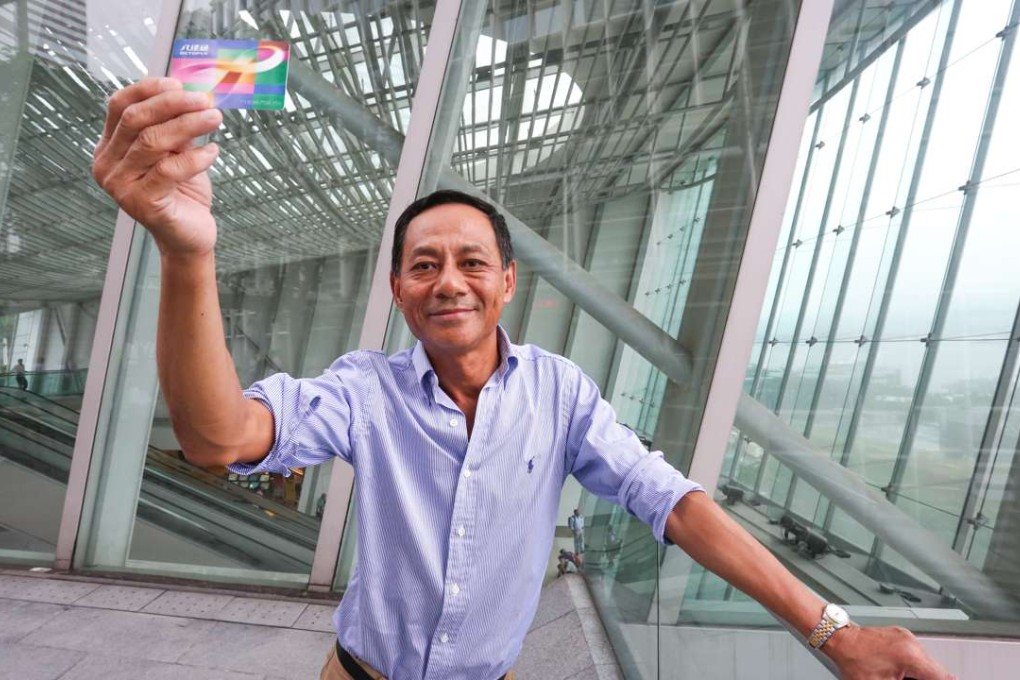The man helping you get about town: developer of the Octopus card tells how his team revolutionised Hong Kong transport
Paul Chan Mo-lim and his team designed and implemented the automatic payment collection system over 35 years

A symbol of the city’s innovative side and efficiency, the Octopus card has impressed locals and visitors to Hong Kong alike since its debut almost two decades ago.
Launched as a stored-value card to be used on the MTR, it was quickly embraced by Hongkongers, who snapped up three million of them within the first three months of operation from September 1997.
The card’s Cantonese and English names were the result of a competition. In Cantonese it is known as baat daaht tung, which roughly translates as “eight arrived pass” or “go everywhere pass”. The number eight in the Cantonese name links it to the English name of the card, Octopus, which of course has eight tentacles.
The RFID (radio-frequency identification) chipped cards quickly expanded in use, and now a simple tap on a card reader can see it used to buy a range of goods and services from a beer at a 7-Eleven to natal services for the birth of a baby at a public hospital.
But while the Octopus card is recognised worldwide, the man behind the system has always kept a low profile.
Discovery Bay resident Paul Chan Mo-lim recently retired from his post as senior engineering manager for automatic fare collection systems with the MTR Corporation, and is now speaking out about his role in the development and ubiquitous application of the Octopus card throughout Hong Kong.